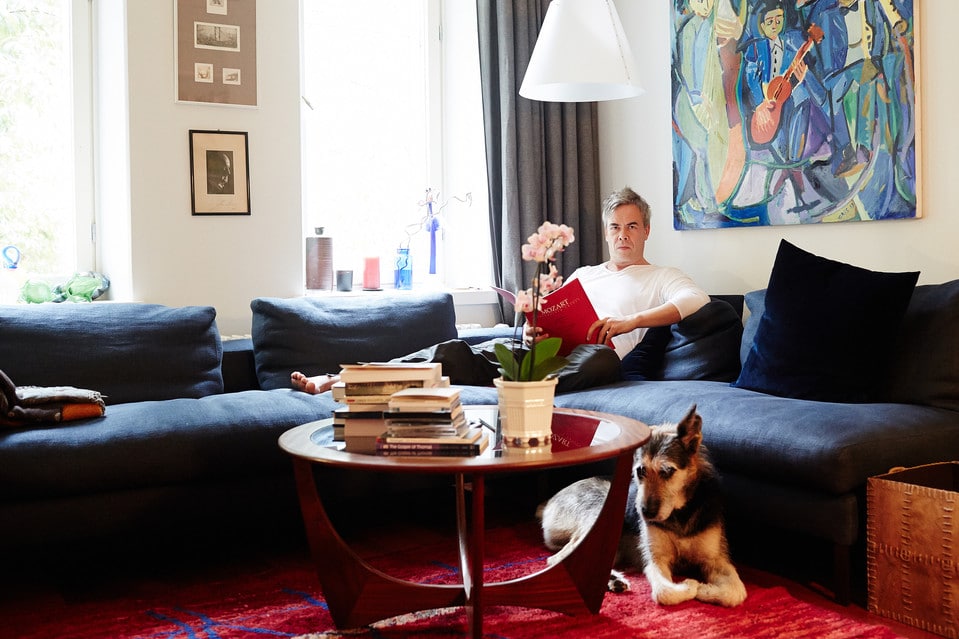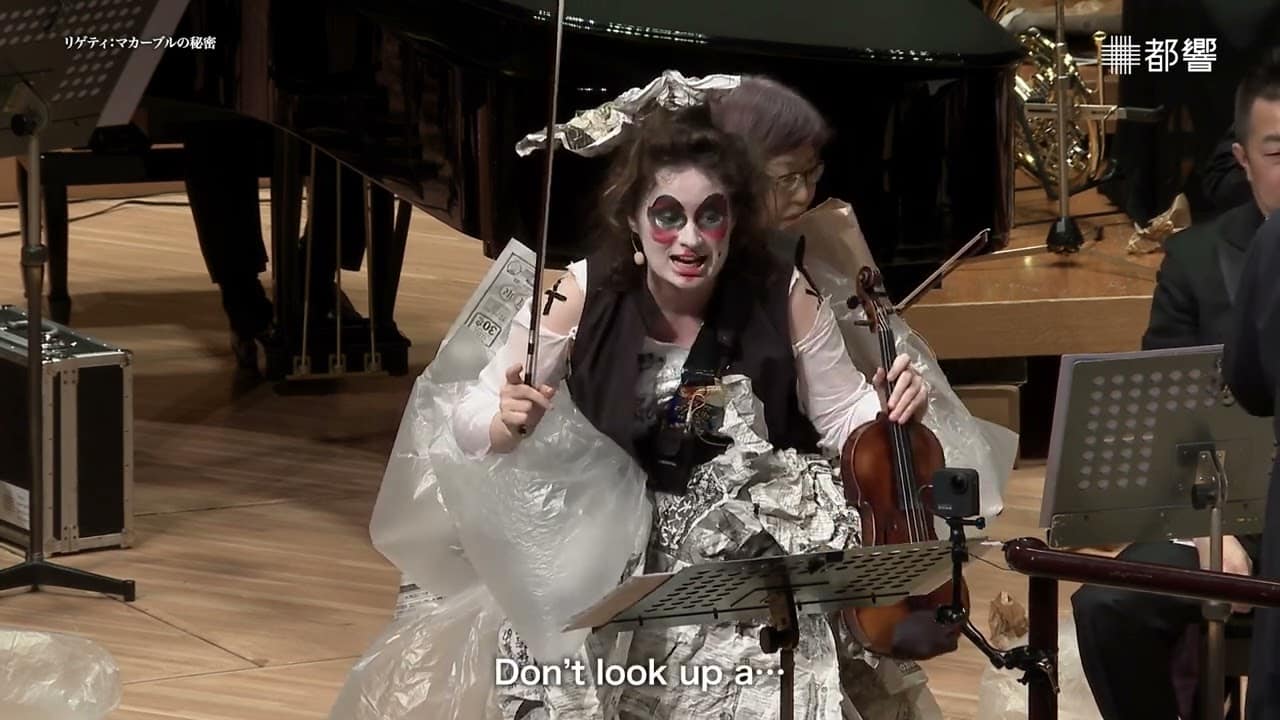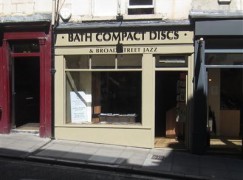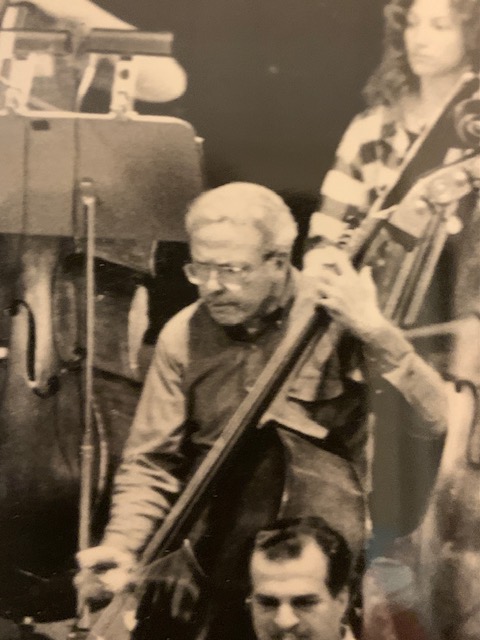Orchestra sells 97% on modern music
mainAnnual results are in for the Finnish Radio Symphony Orchestra.
In the course of 2018, the orchestra played to 97% of hall capacity (1,700 seats). Its headliners were series of Witold Lutoslawski and Bernd Alois Zimmermann.
The Helsinki public seems to trust conductor Hannu Lintu to take them on adventures.






Comments